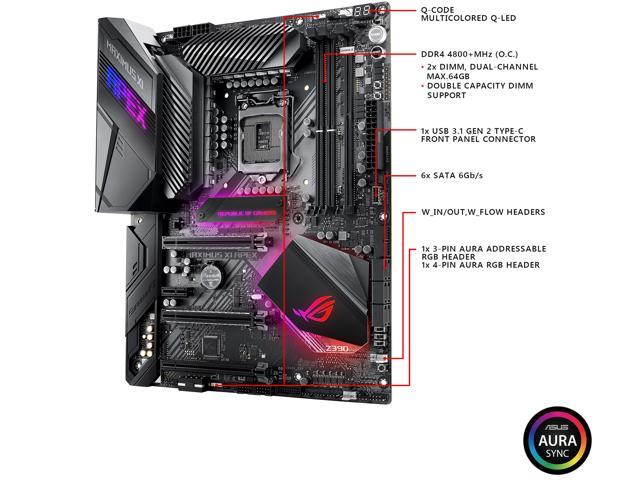
The tension between striking behavioral divergence in the face of phylogenetic continuity presents a puzzle.

Consequently, modern humans share many phenotypic traits with these close relatives through common descent. 2003), having diverged from each other approximately 4–8 Ma ( Bradley, 2008). Yet, despite our distinctiveness, ‘we’ are also one among several species of great ape, displaying more than 99% nonsynonymous DNA sequence similarity with chimpanzees ( Wildman et al. This behavioral discontinuity has prompted many to regard modern humans as standing apart from the rest of nature. We engage in behaviors that are profoundly unique, such as the production of personal ornamentation, language, art and music, and the performance of religious rituals.

Our technological sophistication, capacity for introspection, and ability to create and manipulate symbols is unrivalled. ‘We’ are Homo sapiens and our species’ intellectual abilities distinguish us from all other animals. Finally, the unique brain growth trajectory of modern humans has made a significant contribution to our species’ cognitive and linguistic abilities. Anatomical and molecular changes have also been identified that might relate to the greater metabolic demand and enhanced synaptic plasticity of modern human brain's. Accompanying this general neocortical expansion, certain higher-order unimodal and multimodal cortical areas have grown disproportionately relative to primary cortical areas. These modern human-specific cognitive and linguistic adaptations appear to be correlated with enlargement of the neocortex and related structures.

With this evolutionary history as precursor, the modern human mind may be conceived as a mosaic of traits inherited from a common ancestry with our close relatives, along with the addition of evolutionary specializations within particular domains. These neuroanatomical substrates contributed to the enhancement of behavioral flexibility and social cognition. The last common ancestor can be reconstructed to have had a brain of approximately 300–400 g that displayed several unique phylogenetic specializations of development, anatomical organization, and biochemical function. In this article, we review the evolutionary changes that occurred in the descent of Homo sapiens by reconstructing the neural and cognitive traits that would have characterized the last common ancestor and comparing these with the modern human condition. As a result, modern humans display striking differences from the living apes in the realm of cognition and linguistic expression. Since the last common ancestor shared by modern humans, chimpanzees and bonobos, the lineage leading to Homo sapiens has undergone a substantial change in brain size and organization.


 0 kommentar(er)
0 kommentar(er)
